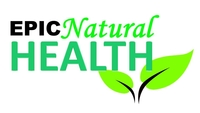Regardless of where you live, it's likely that your home has a few non-bill-paying residents - even if you can't see them. Spiders, bugs, flies, and other pests can lurk under your floorboards, waiting until the coast is clear to raid your kitchen cupboards or build webs or nests in the corners of your bedroom.
If you have a fear of creepy crawlies or you're just a fan of cleanliness, sharing your home with household pets probably sounds like something out of a horror movie. Thankfully, pest issues are fairly easy to resolve - and you don't have to use nasty chemicals to get the job done.
This guide will look at some of the most common household pets, and the best natural remedies for pest removal.
1. Flies
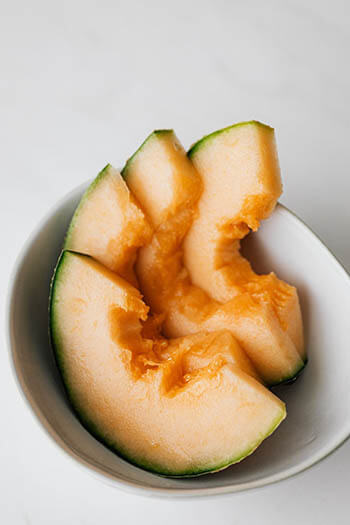
Flies might seem like a relatively harmful pest, and, given enough opportunity, they're likely to leave your home through the door or window eventually. Still, flies are annoying, and can be more of a problem than you think.
House flies and fruit flies are the flies you're most likely to come across in your home, especially in the summer. Fruit flies and house flies are attracted to food - whether it's just been cooked, it's in the garbage, or it's on the floor in the form of crumbs.
Flies can spread diseases like E.coli and salmonella, so you definitely don't want them in your kitchen.
Pest Control Methods for Flies
There are a couple of easy natural remedies for getting rid of flies in your home. Fly traps tend to be the most effective option.
If you're dealing with fruit flies, try making a fruit fly trap:
Cut a 1-inch piece of fruit and place the fruit in a bowl, with the flesh facing up
Place a layer of plastic wrap over the bowl and poke holes in the wrap with a toothpick
Secure the wrap in place with an elastic band
Leave the bowl on the counter in your kitchen
If you don't know what flies you're dealing with, or you're dealing with more than one type of fly, use this jar fly trap:
Add a few drops of floral flavored soap and about an inch of apple cider vinegar to a jar
Cover the jar with plastic wrap, securing in place with an elastic band
Poke small holes in the jar, allowing the flies to enter
The flies will most likely drown in the apple cider vinegar
2. Ants
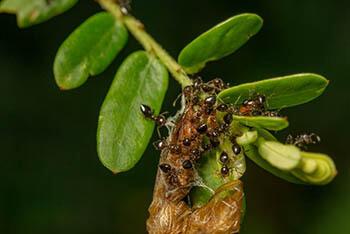
Ants are another very common household pest that most homeowners have problems with at least once in their lives. Ant infestations can be a nightmare to deal with, especially as ants can squeeze into gaps and cracks that you can't reach.
Ants love sugar, so you're most likely to find them in your cereal cupboard, or trying to squeeze into your honey or jam jar. It can be a disturbing sight to find a number of ants flaring in your favorite sugary spread.
Ants can contaminate food with dirt and feces, and some ants are capable of damaging your home and furniture.
Pest Control Methods for Ants
The faster you can get rid of an ant infestation, the better. Ants send signals to one another when they find food, so a small ant problem can quickly become uncontrollable.
The best natural remedies to get rid of ants are:
Dish soap spray - Add 20 drops of dish soap to a spray bottle and fill with water. This spray smells great and cleans your surfaces, and will kill ants, too.
Water and vinegar spray - Fill half a spray bottle with white vinegar, then fill to the top with water. Spray the surfaces that ants frequent. The vinegar confuses the ants' sense of smell, making them less likely to return.
Coffee or cayenne pepper - Sprinkle coffee granules or cayenne pepper onto the surfaces that ants frequent. Again, the smell of these items will be stronger than the smell of other food in your kitchen, confusing ants into thinking that there's no good food in the area.
3. Cockroaches

If you live in an area where cockroaches are common, you'll know first-hand just how difficult they are to get rid of.
Perhaps the worst thing about cockroaches is their size. Ants and flies are nothing more than tiny dots in comparison to cockroaches, yet cockroaches still manage to squeeze through invisible cracks to get into your home.
You're most likely to find cockroaches in dark, damp places, like your under-sink kitchen cupboard, your bathroom, and even your dishwasher. While cockroaches are pretty harmless, they're unpleasant creatures that can aggregate respiratory problems.
Pest Control Methods for Cockroaches
Dealing with a minor cockroach problem is fairly simple, and you don't need chemical repellents for the job. Here are the best natural remedies to get rid of cockroaches:
Catnip - Place several catnip plants outside your doors and windows, or fill small bags with catnip and place them in corners and cupboards around your home. Cats might love the smell of catnip, but cockroaches can't stand it.
Peanut butter trap - Pour warm peanut butter into a wine bottle, then rub cooking oil around the inside of the top of the bottle (making sure the oil doesn't get outside the bottle). The cockroaches will climb into the bottle and become trapped.
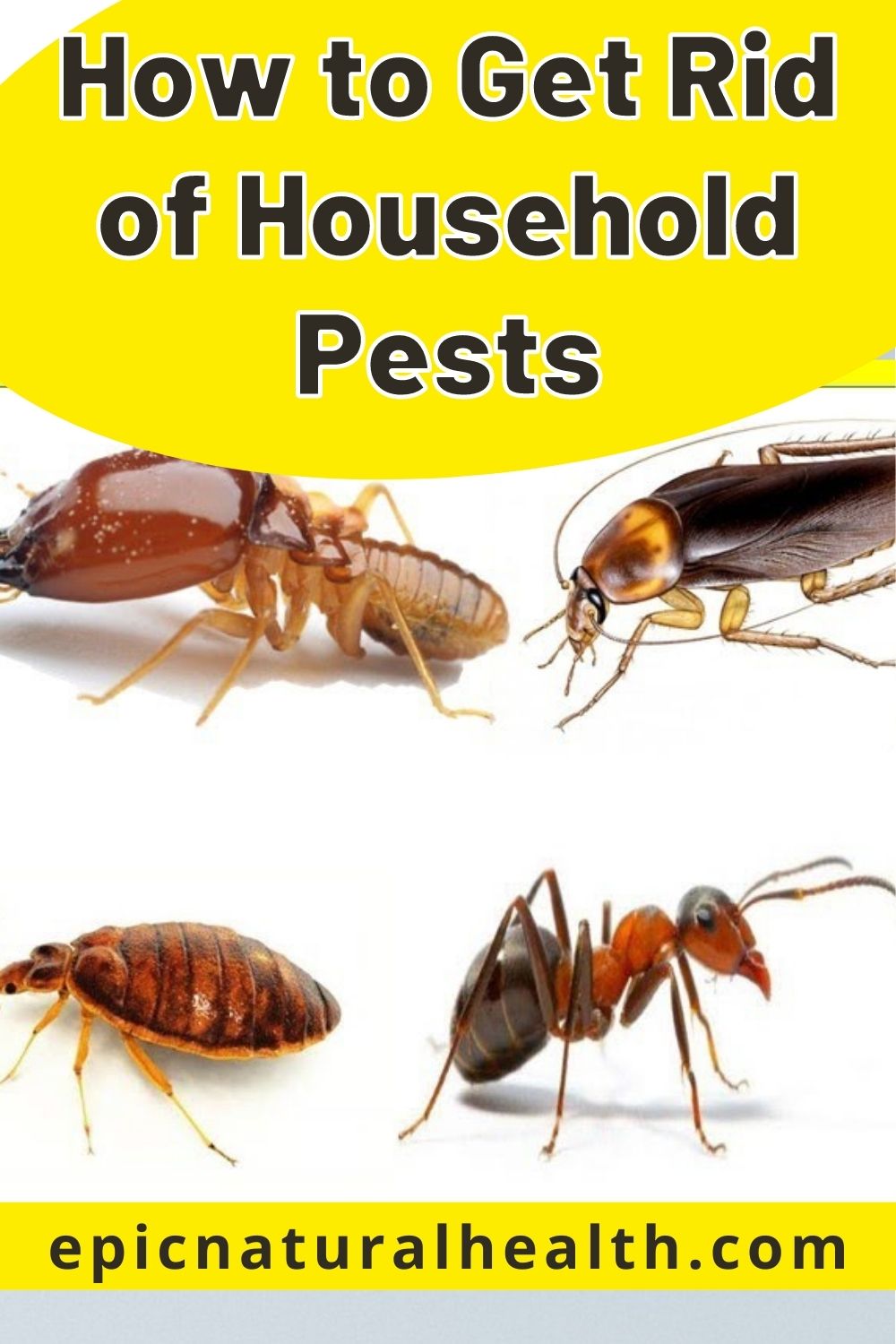
4. Fleas
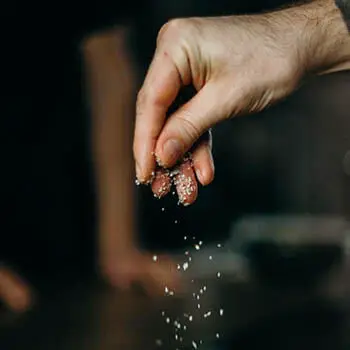
If you have pets, or someone who used to live in your house had pets, there's a chance that your home could be infested with fleas.
Fleas are tiny bugs that live on animals' fur, in carpets and soft furniture, and in cracks in your walls. Fleas can jump up to one foot in length, and their biting leads to excessive itching. While fleas usually leave humans alone, they can affect our pets' quality of life.
Pest Control Methods for Fleas
To get rid of pests as small as fleas, you'll need to provide the following natural remedies:
Salt deterrent - Sprinkle salt into your carpets, then leave for up to a day and hoover away. The salt will dehydrate and kill fleas living in the carpet.
Natural flea spray - Add 2 cups of water, 4 cups of vinegar, 4 ounces of lemon juice, and 2 ounces of witch hazel to a spray bottle and shake to combine. After hoovering your carpets and furniture and washing washable items, spray the mixture all around your home.
Lemon and rosemary spray - Boil 4 cups of water and infuse with 6 lemon slices, 4 drops of geranium essential oil (or a similar essential oil), and rosemary leaves. Leave the liquid overnight, then remove the lemon slices and rosemary leaves and add the solution to a spray bottle. Spray liberally around your home.
5. Spiders
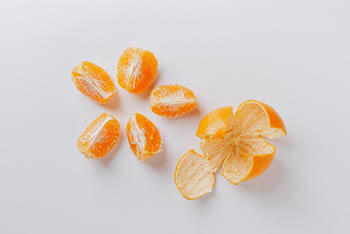
Spiders are perhaps the most feared household pest. Even though the majority of household spiders are harmless, most of us shudder at the idea of discovering a spider in a cupboard or having one crawl on us while we're sleeping.
The most common spiders you're likely to find in your home are black widow spiders, daddy longlegs spiders, domestic house spiders, and American house spiders. If you live somewhere more exotic, you may come across the dreaded huntsman spider.
While spiders typically keep to themselves, they can still be a nuisance in your home, creating webs and forcing you to spend half an hour trying to remove them from your bathtub.
Pest Control Methods for Spiders
When the weather gets colder and spiders seek shelter, it's time to try out the following natural solutions to keep these pests away:
Citrus essential oils or peels - Add a few drops of citrus essential oils (like orange or lemon essential oils) to a bottle and spray along baseboards and windowsills. Alternatively, rub fresh citrus peel on these areas. Spiders don't like the smell of citrus and will avoid passing over the areas to get inside your home.
Eucalyptus oil - Mix a few drops of eucalyptus oil with water and add to a bottle. Spray the solution in areas that spiders frequent.
6. Silverfish
Silverfish are tiny silver insects with long, oval bodies. You may have noticed silverfish without knowing what they were - they're often found in damp places, such as around your kitchen or bathroom sink. Silverfish are good hiders, so you may never know they're there.
You might wonder whether there's any use in getting rid of these insects if you can't see them. However, silverfish can still cause trouble in your home because they feed on polysaccharides, which are found in carpets, artwork, and book bindings.
Pest Control Methods for Silverfish
The best natural means of removing silverfish is simply to keep your bathroom clean. Aside from cleaning, some of the methods to prevent these pests from causing damage are:
Jar trap - Place some pieces of bread inside a jar and cover the outside with masking tape. The silverfish will be able to climb the outside of the jar, but they'll get stuck inside because of the slippery glass texture.
Cedar shavings - Place cedar shavings in areas where silverfish are found. Vacuum and replace the cedar shavings frequently. Cedar-flavored essential oils are also effective because silverfish don't like the smell of cedar.
7. Bed bugs
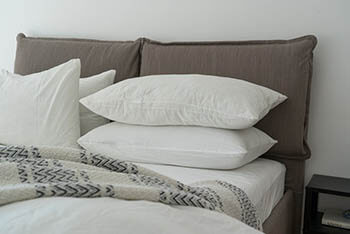
Bed bugs are some of the worst pests to inhabit our homes because of how difficult they are to remove. Bed bugs can even be transferred from one home to another in shoes, suitcases, and clothes.
Although bed bugs don't carry diseases, they still bite and feed on human blood, leaving itchy, red marks on the skin. A bed bug infestation can prevent you from having an enjoyable night's sleep.
Pest Control Methods for Bed Bugs
If you plan to get rid of bed bugs yourself, this is a mission you should take seriously. Eliminating these pests the natural way can be tricky. However, here are some natural methods to try:
Baking soda - Sprinkle your beds and carpets with baking soda, then vacuum away after an hour. Repeat once or twice a day for 1-2 weeks to make sure all bed bugs have been killed.
Steam clean - Use a steam cleaner on your beds and other items of clothing and fabrics to kill the bed bugs with high heat. Repeat the process every day for 1 week, making sure all the bed bugs have been killed.
8. Termites
Termites are pests that most of us don't think much of. But if you discover a termite problem in your home too late, it can be incredibly expensive to mend the damage caused by these insects.
Termites aren't dangerous to humans, but they eat plant-based materials that make buildings and furniture. A termite infestation can badly damage the structure of your home, so it's important to get rid of termites as soon as you discover them.
Pest Control Methods for Termites
If your termite infestation is serious, you may have no choice but to arrange for a professional to deal with these pests. But for a few termites in your house, try the following home remedies:
Sunlight - Termites love dark places, which is why you're most likely to find them in your attic or underneath your floorboards. If termites are living in your furniture, bring the furniture outside on a sunny day, or set up UV lights in your home.
Wet cardboard - Place wet cardboard in the areas where termites have been found. The termites will be attracted to the cellulose in the cardboard. Burn the cardboard when you discover termites on it, and repeat this process until you've eliminated the insects.
In Summary
Pests of any kind can be unpleasant to deal with in your home. Not only can they contaminate your food supplies, but they can make you dread opening your cupboards or going to sleep at night. Thankfully, there are plenty of natural remedies for pest control that are just as effective as chemical pesticides.
If you want to keep the pests away without potentially polluting your house, follow the natural remedies in this guide.
